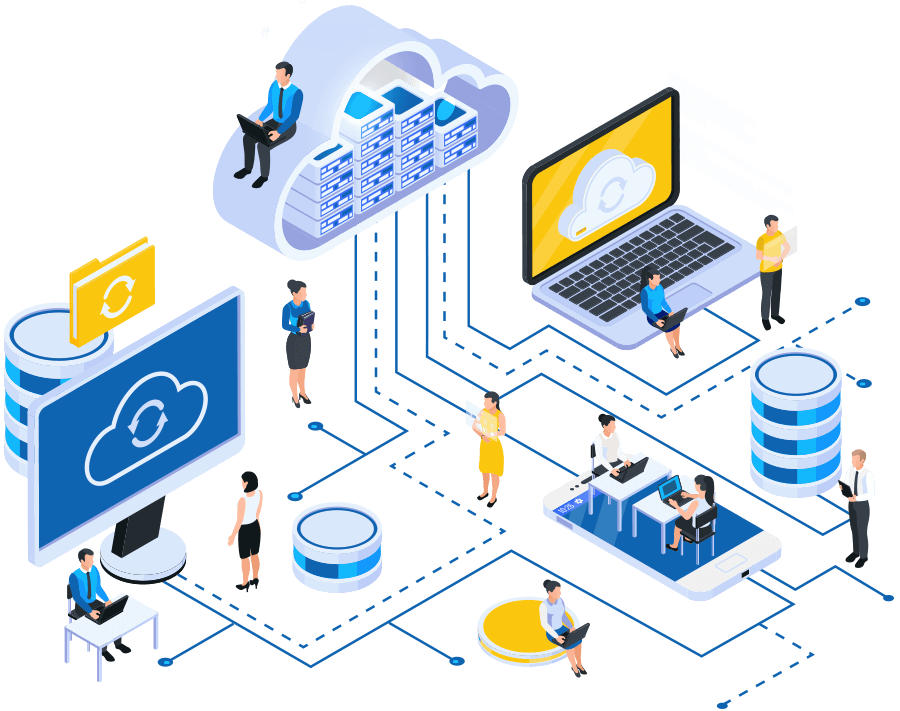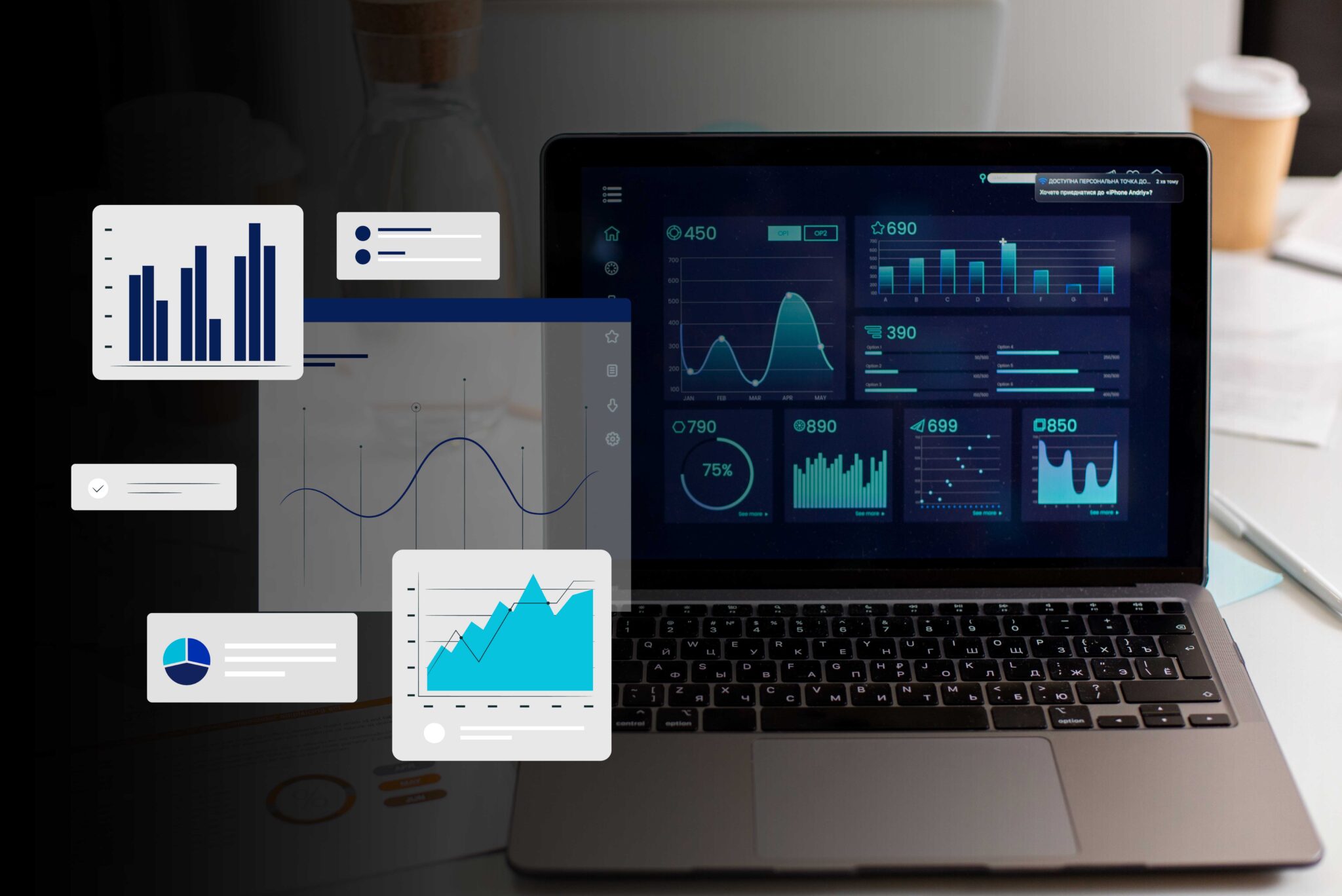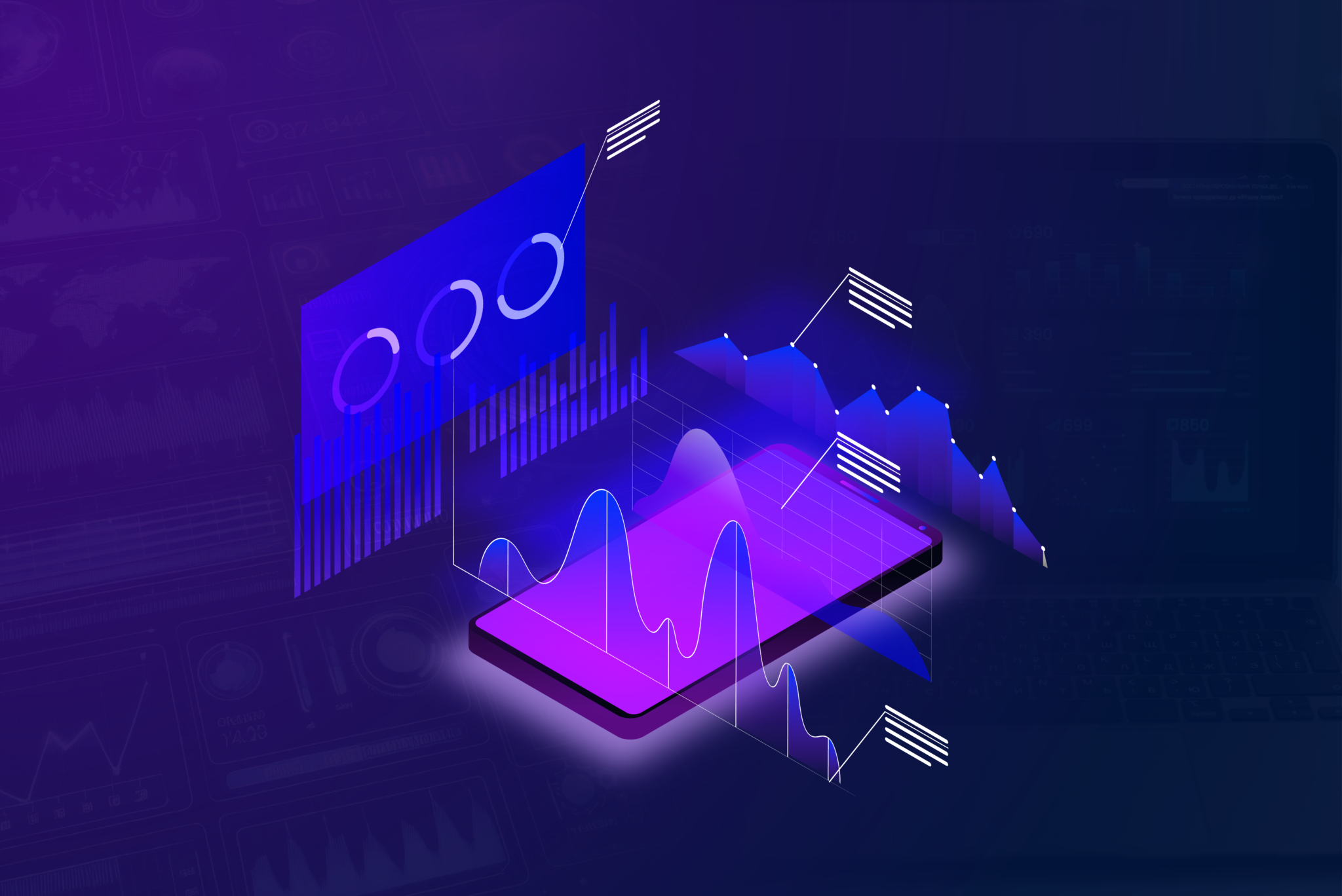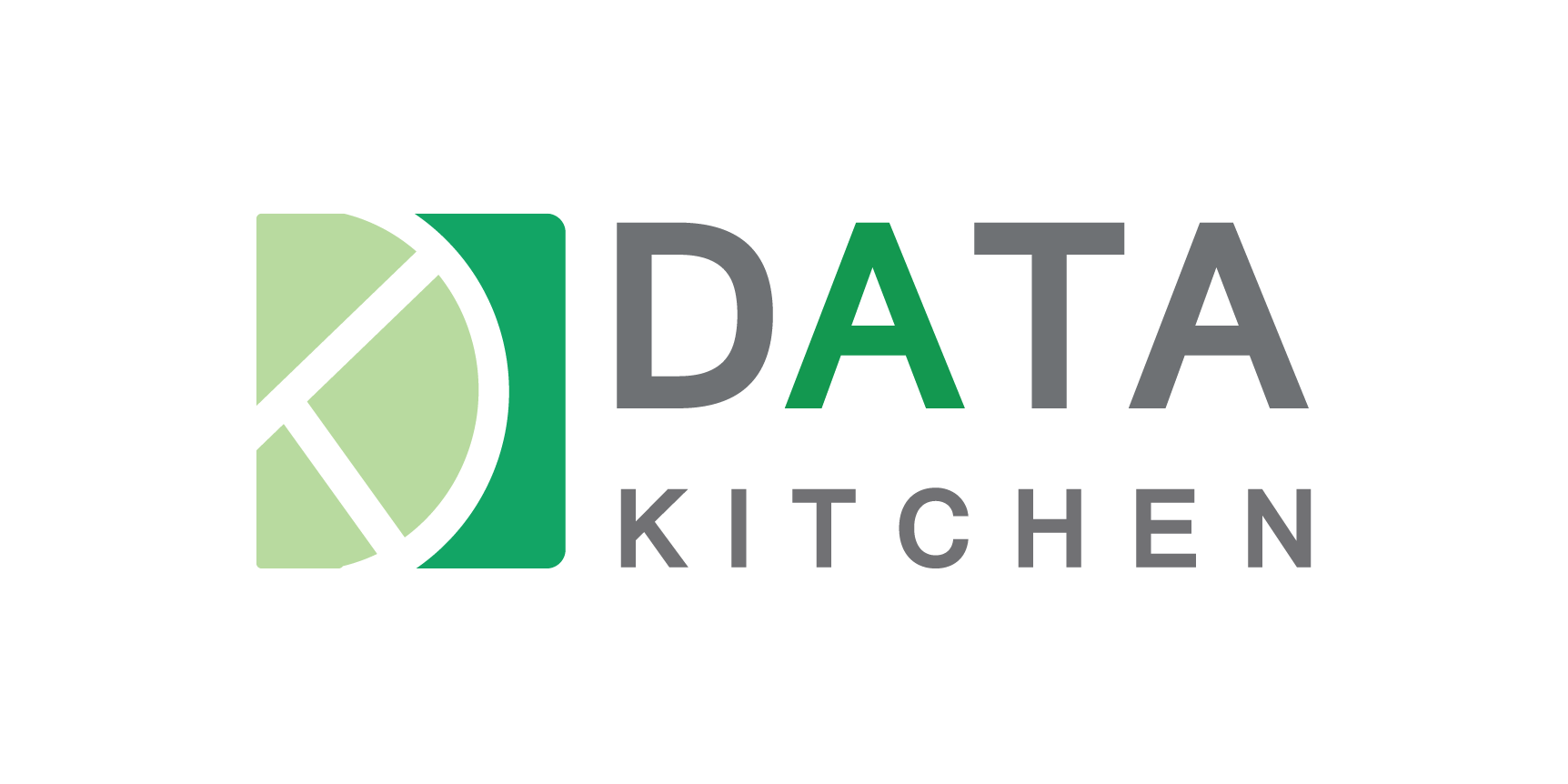Bi Directional Sync Between Applications

Our Bi-Directional Sync Between Applications services
Complere Infosystem provides the opportunities it presents—enhanced decision-making capabilities, improved customer experiences, and the ability to innovate more rapidly—make it a worthwhile endeavor for any data-driven organization.
We have over 200 data experts onboard and over 30 data projects in our portfolio.
Data Synchronization
We offer solutions to synchronize data between two or more applications in real-time or at scheduled intervals. This ensures that data updates made in one application are reflected in all connected applications without delay or inconsistency.
Conflict Resolution
Handling conflicts that arise when the same data is modified in multiple applications is essential. Our team provides mechanisms to detect conflicts and resolve them automatically or through customizable rules defined by the users. This ensures data integrity and prevents loss of information.
Custom Mapping and Transformation
Each application may have its own data structure and format. We are offering bi-directional sync services provide tools to map and transform data between different formats, ensuring compatibility and coherence across systems. This customization allows businesses to tailor the sync process according to their specific needs.
Monitoring and Reporting
Comprehensive monitoring and reporting capabilities are essential for tracking the sync process's performance, detecting errors or anomalies, and ensuring compliance with service level agreements (SLAs). We provide dashboards, alerts, and detailed reports to give users insights into data flow, sync status, and any issues encountered during synchronization.
How can you benefit from Bi-Directional Sync Between Applications?
Real-Time Data Consistency
- Bi-directional sync ensures that data across multiple applications remains consistent in real-time. This means that any update made in one application is immediately reflected in all connected applications, eliminating discrepancies and ensuring that all stakeholders have access to the most up-to-date information.
Increased Productivity
- By automating the synchronization process, bi-directional sync reduces the need for manual data entry and reconciliation. This frees up valuable time for employees to focus on more strategic tasks, leading to increased productivity and efficiency across the organization.
Improved Decision-Making
- Access to synchronized data in real-time allows decision-makers to make informed decisions based on the most current information available. This leads to better strategic planning, more accurate forecasting, and ultimately, improved business outcomes.
Enhanced Collaboration
- Bi-directional sync facilitates seamless collaboration between teams and departments by ensuring that everyone is working with the same set of data. Whether it's sales teams accessing customer information or marketing teams updating campaign data, bi-directional sync enables cross-functional collaboration without silos.

How it Works
01. Data Capture and Triggering Changes
-
Data Capture: The process begins with the capture of data from the source application, such as a customer relationship management (CRM) system or an e-commerce platform. This data can include customer information, product details, transactions, etc.
-
Triggering Changes: Any modifications or updates made to the data within the source application act as triggers for the synchronization process. These changes can include additions, deletions, or modifications of existing records.
03. Synchronization Process
- Bi-Directional Communication: The synchronized data is transmitted bi directionally between the source and target applications. Changes made in either application are propagated to the other application in real-time or at scheduled intervals.
-
Bi-Directional Communication: The synchronized data is transmitted bi directionally between the source and target applications. Changes made in either application are propagated to the other application in real-time or at scheduled intervals.
02. Data Transformation and Mapping
-
Data Transformation: The captured data may need to be transformed to align with the format and structure of the target application. This involves converting data types, standardizing fields, and ensuring compatibility between the source and target systems.
-
Mapping: Mapping defines the relationship between the data fields in the source and target applications. It specifies how data from one application should be mapped to corresponding fields in the other application.
04. Data Validation and Error Handling
-
Data Validation: Before syncing data, validation checks ensure that the data meets certain criteria for accuracy, completeness, and consistency. Invalid or incomplete data may be rejected or flagged for manual review.
-
Error Handling: Error handling mechanisms are in place to address any issues that arise during the synchronization process. This includes handling network disruptions, system failures, or data inconsistencies, ensuring that data integrity is maintained throughout the sync operation.
01. Strategy
- Clarification of the stakeholders’ vision and objectives
- Reviewing the environment and existing systems
- Measuring current capability and scalability
- Creating a risk management framework.
02. Discovery phase
- Defining client’s business needs
- Analysis of existing reports and ML models
- Review and documentation of existing data sources, and existing data connectors
- Estimation of the budget for the project and team composition.
- Data quality analysis
- Detailed analysis of metrics
- Logical design of data warehouse
- Logical design of ETL architecture
- Proposing several solutions with different tech stacks
- Building a prototype.
03. Development
- Physical design of databases and schemas
- Integration of data sources
- Development of ETL routines
- Data profiling
- Loading historical data into data warehouse
- Implementing data quality checks
- Data automation tuning
- Achieving DWH stability.
04. Ongoing support
- Fixing issues within the SLA
- Lowering storage and processing costs
- Small enhancement
- Supervision of systems
- Ongoing cost optimization
- Product support and fault elimination.
Get Started with Bi-Directional Sync
Technology Expertise
-
ETL
-
DB
- BI Tools
- Cloud env
- CRM & ERP
- Languages
- Automation

Talend

Matilion

Azure Data Factory

Fivetran

Stitch

HighTouch

Databricks

Snowflakes

MSSQL

Redshift

Postgres

Big Query

MySQL

MongoDB

Dynamo Db
Looker
Power BI
Tableau
QuickSight
YellowFin
SiSense
Domo

Zoho Analytics
DevOps
Jenkins

HubSpot

AWS

Azure

GCP
Domo

Zoho Analytics
DevOps
Jenkins

HubSpot

HubSpot

Salesforce

Java
Domo

Zoho Analytics
DevOps
Jenkins

React

Node

Python

Java
Domo

Zoho Analytics
DevOps
Jenkins

DevOps

Jenkins

Git

CICD
Domo

Zoho Analytics
Trusted by














Our Latest Blog
How Automated Reports Helps in Increasing the Productivity
How automated reports helps in increasing the productivity? Challenge Automated […]
Read MoreHow to Ensure Data Security Compliance in the Healthcare Industry
Data security is paramount to protect patient privacy and establish trust. Meeting HIPAA (Health Insurance Portability and Accountability Act) mandated standards is often fraught with challenges for healthcare organizations. But still, it is necessary to follow it to ensure and protect the confidentiality, integrity, and availability of patient data. Through this blog, we will explore the challenges that stand in the way of HIPAA requirements and take steps to make data protection compliance easier.
Read MoreContact Us
Trusted by


























